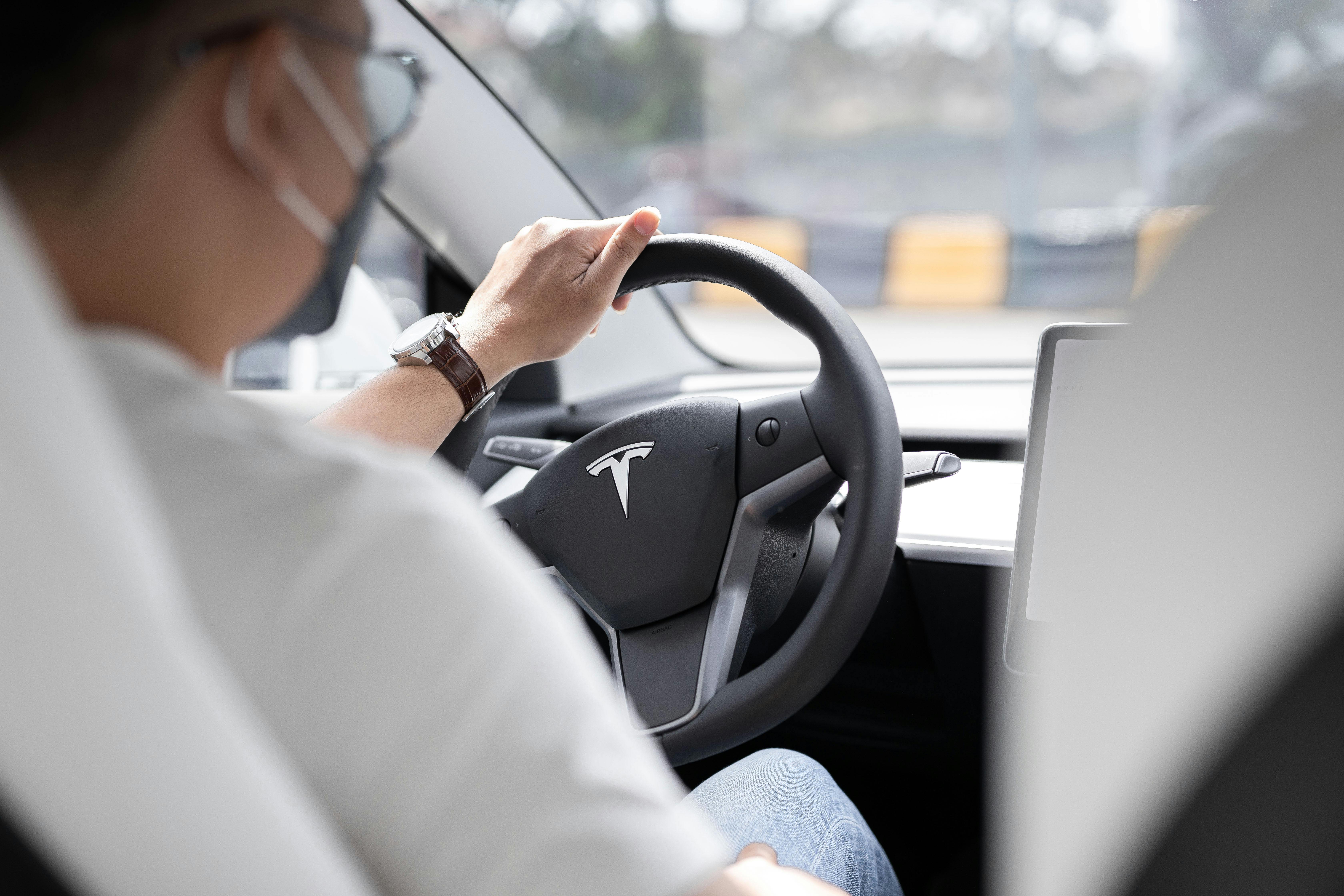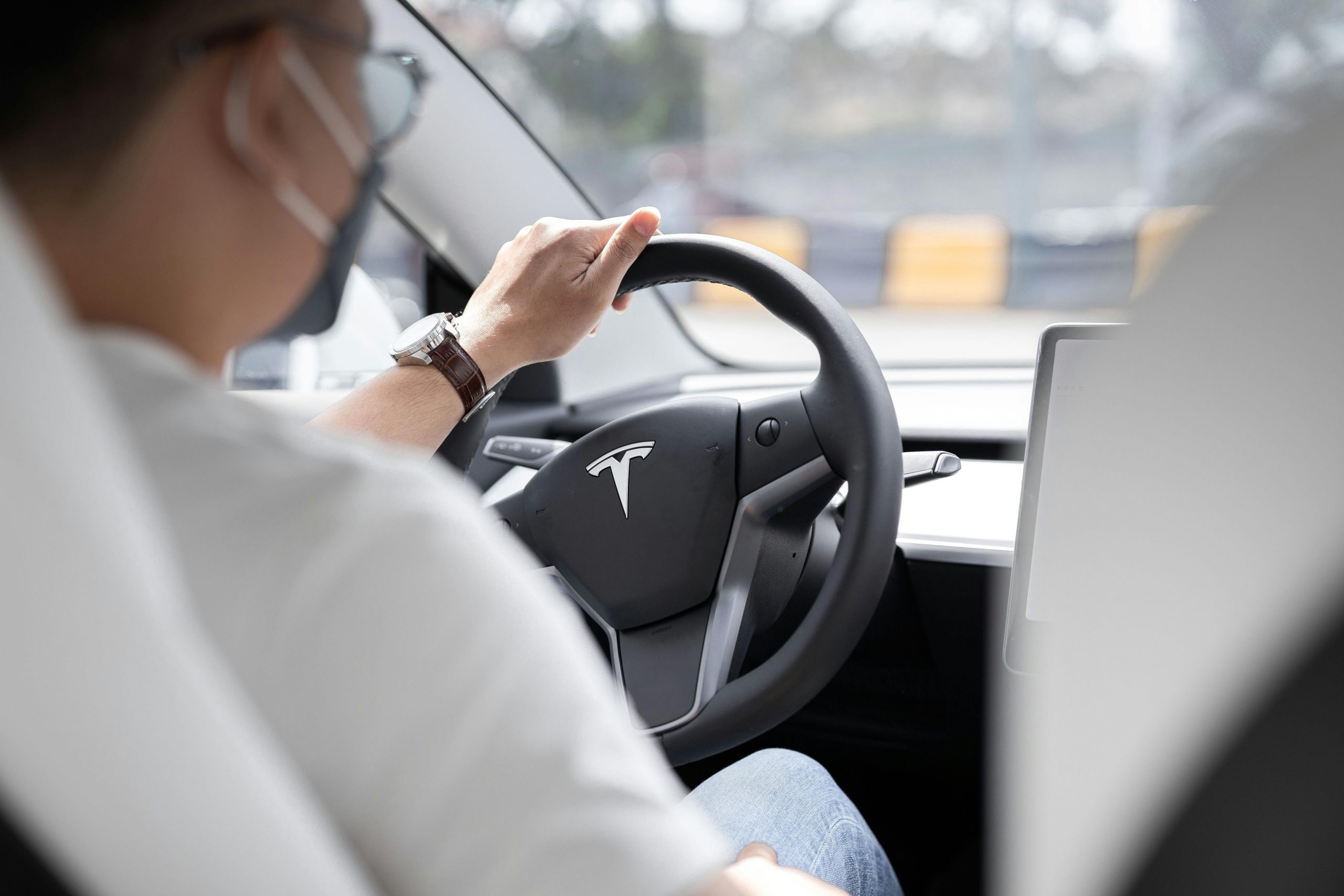The Terafab Vision: Vertical Integration on an Industrial Scale as Tesla Charts a New Course for Silicon Autonomy

At the recent gathering of cheering shareholders on November 6, 2025, Elon Musk, CEO of Tesla, laid out a vision for the company’s technological future so ambitious it rivals the scale of its automotive and energy ambitions combined. Central to this future is an aggressive pursuit of semiconductor self-sufficiency, articulated through the concept of a “Terafab,” and a potentially game-changing partnership with Intel, all while reinforcing timelines for the deployment of its autonomous vehicle fleet. These declarations painted a picture of a company moving to secure the very foundation of its artificial intelligence and robotics roadmap, directly impacting sectors from semiconductors to urban transport.
Scale Requirements: The Hundred Thousand Wafer Start Threshold
The technical specification offered for this potential “Terafab”—a facility Musk described as “like giga but way bigger”—provides a crucial insight into the sheer magnitude of the internal silicon demand. The necessity to produce at least one hundred thousand wafer starts every single month demonstrates a commitment to an almost unimaginably high volume of specialized processing units. This metric speaks directly to the scale required not only for the global vehicle fleet—which continues to expand—but also for the burgeoning fleets of autonomous vehicles and the production lines for the Optimus humanoid robots, which the CEO has previously characterized as potentially the largest product in human history. While the company currently partners with established manufacturers like TSMC and Samsung for its existing AI chips, Musk made it clear that even extrapolating the best-case scenario from current suppliers remains insufficient for the coming years. The long-term vision hinted at a capacity goal potentially reaching one million wafer starts per month.
Beyond Fabrication: Addressing Memory and Packaging Challenges
The logistical challenge, as articulated, extends beyond the primary logic die fabrication itself. The CEO implied that true self-sufficiency in high-performance computing requires addressing the entire packaging and memory supply chain. Achieving the envisioned performance and cost targets for the next-generation chips, the AI Five and the subsequent AI Six, demands innovation in how these components are integrated onto the final module. The pursuit of a superior, proprietary edge for vehicle autonomy necessitates an internal focus on the entire stack, suggesting the “Terafab” ecosystem would need capabilities encompassing design, fabrication, advanced packaging, and final assembly to deliver the highly optimized AI computing units required for the next decade of expansion. This level of integration is vital for the specialized, power-efficient nature of the chips designed specifically for Tesla’s AI software stack.
Economic and Performance Benchmarks: The Cost and Power Advantage
A core tenet of the internal chip development is achieving radical cost efficiency, a strategic necessity for scaling a product across millions of vehicles and robots. The company’s structural objective is to use in-house silicon to create a massive cost differential against competitors relying on generalized hardware.
Cost Efficiency as a Competitive Weapon: A Ten Percent Manufacturing Target
The goal set for the manufacturing cost of the proprietary AI chip, specifically the AI5, is strikingly low—estimated to be roughly one-tenth, or ten percent, of the expense associated with producing the current top-tier competitor chips, such as the leading provider’s Blackwell architecture. This drastic reduction in component cost per unit, when multiplied across the projected volumes for both vehicles and the anticipated tens of billions of Optimus robots, translates into projected billions in savings and a massive boost to overall product profitability. This structural cost advantage directly undercuts rivals who rely on more generalized, expensive silicon solutions for their own AI processing needs.
Power Consumption Optimization: Utilizing One-Third the Energy
Equally vital to the self-driving and robotics mission is power efficiency, particularly within mobile platforms like electric vehicles where the energy budget is paramount. The custom-designed silicon is targeted to consume approximately one-third of the electrical power required by the highest-performing contemporary chips used in similar contexts, such as the aforementioned Blackwell. Lower power draw directly translates into increased range for electric vehicles, enhanced computational uptime for the robots, and reduced thermal management overhead in all deployed systems. This combination of low cost and low power consumption underscores the strategic importance of owning the entire chip design process, optimizing for integer-based systems unique to Tesla’s software stack.
Sector Repercussions: Market Reactions and Industry Dynamics
The candor and scale of the CEO’s remarks immediately sent measurable ripples across the technology and financial sectors, highlighting the market’s focus on Tesla’s AI trajectory.
The Immediate Financial Flutter: Intel’s After-Hours Ascent
The effect of the CEO’s candid remarks on the financial markets was swift. Following the conclusion of the shareholder meeting on Thursday, November 6, 2025, shares of Intel saw an immediate positive adjustment in after-hours trading. This reaction was quantified by an approximate four percent rise in the stock value. This rally directly reflects the market’s perception of the potential significance of a partnership with the high-volume consumer of advanced silicon. For Intel, which has been actively seeking anchor customers for its latest manufacturing nodes, any linkage to the expanding artificial intelligence ecosystem driven by a leading automaker represents a major potential lifeline for its foundry business.
Shifting the Competitive Landscape: The Nvidia Context and Supplier Diversification
The conversation around the internal chip development implicitly positions the company in direct competition, or at least on an alternate path, to the current market leader in high-performance AI accelerators, Nvidia. While Musk had previously confirmed that the company has no intention of displacing the current market leader as the primary provider for its data center hardware, the pursuit of a superior, proprietary edge in vehicle autonomy necessitates this internal focus. Furthermore, the move toward a “Terafab” and exploring a relationship with Intel highlights a clear strategic directive to diversify the supply base for the most critical component. This strategy is designed to mitigate single-point-of-failure risks inherent in relying heavily on any one or two global suppliers for the future of the enterprise, reinforcing Tesla’s control over its core AI development.
Future Directives and Ancillary Announcements: The Broader Vision Beyond Silicon
While the chip strategy dominated the technological discussion following the approval of Musk’s massive compensation package—valued at up to $1 trillion contingent on performance milestones—other elements of the forward-looking product portfolio were also reinforced for the assembled shareholders.
The Autonomous Future: Robotics and the Cybercab Unveiling
The forthcoming Cybercab, the proposed two-seater, purpose-built vehicle for autonomous operation, was confirmed to have an aggressive production target. Musk stated that initial production commencement is scheduled for April 2026 at Gigafactory Texas. In a continuation of the commitment to radical design, the CEO reiterated the plan for this vehicle to launch without traditional physical controls like a steering wheel or foot pedals, a specification essential to the intended cost and operational model for full autonomy, though it may present notable regulatory challenges. This timeline comes after the concept was first unveiled at the “We, Robot” event in October 2024. On the robotics front, Musk’s optimism for Optimus was notable, claiming the robot could ultimately surpass human surgeons in precision and could functionally “eliminate poverty” by providing essential services.
Global Market Penetration: Optimism Regarding Chinese Regulatory Hurdles
In terms of geographic expansion, a crucial element of Tesla’s revenue growth relies on full operational acceptance in the Chinese market. The Chief Executive expressed considerable optimism regarding achieving complete approval for the full self-driving capability within that jurisdiction by early 2026, specifically around February or March. Having already secured partial approvals—known locally as “Autopilot automatic assisted driving on urban roads” since February 2025—the current focus is on navigating the remaining regulatory pathway. Unlocking this full potential in one of the world’s largest and most competitive automotive markets is seen as vital for Tesla to enhance its competitive edge against rapidly scaling local manufacturers.
The collective weight of these announcements—the vote on the pay package, the Intel possibility, the Terafab ambition, the Cybercab timeline, and the FSD hopes in China—paints the picture of an organization poised for an era of unprecedented, aggressive scaling across multiple, technically demanding frontiers, all underpinned by the strategic imperative of controlling its own AI semiconductor destiny.










